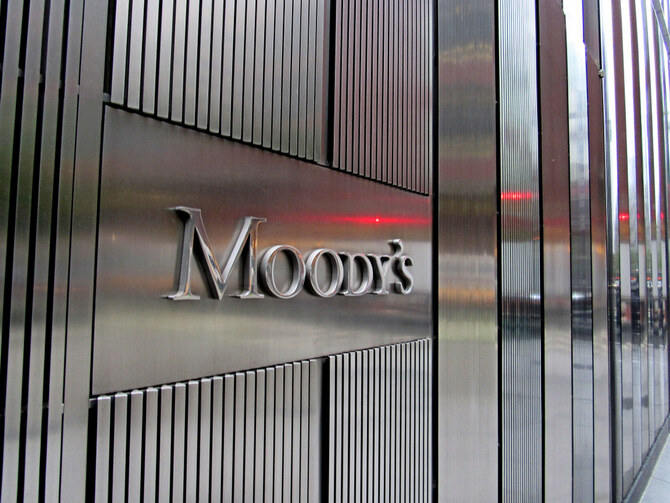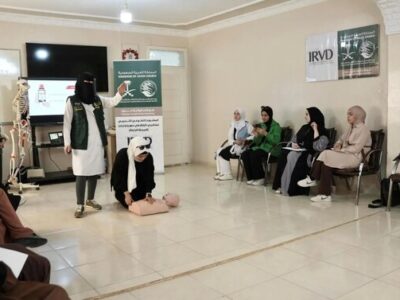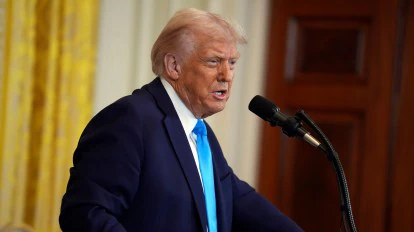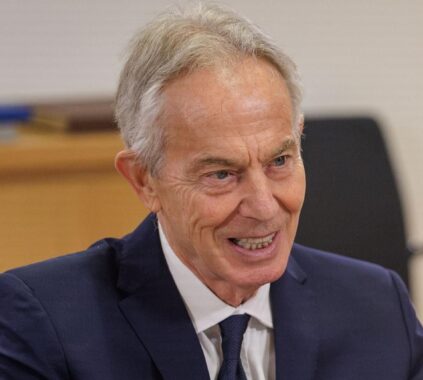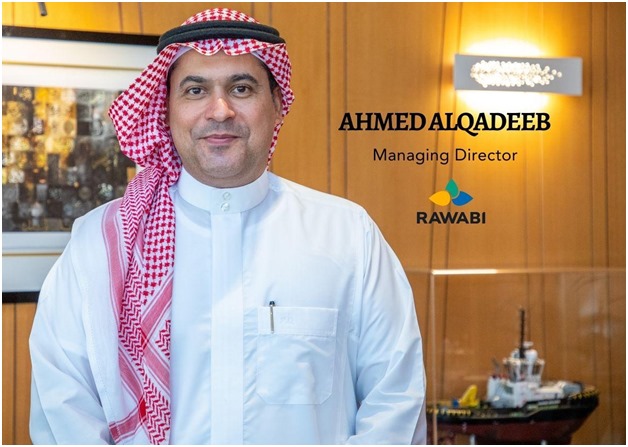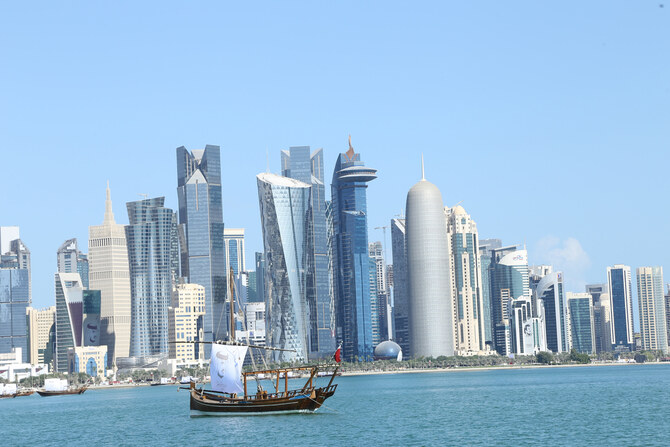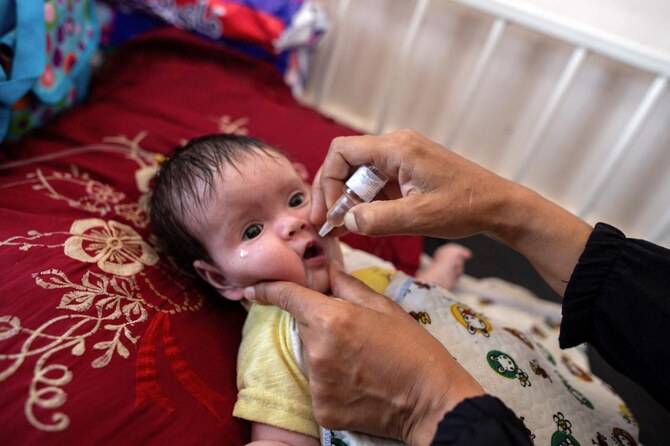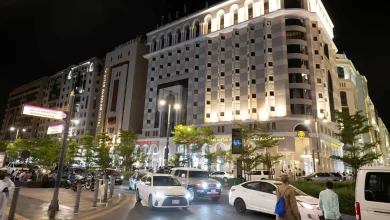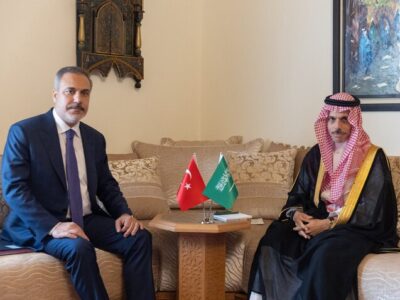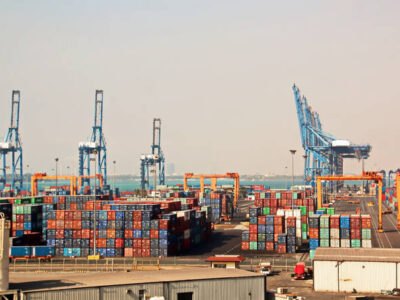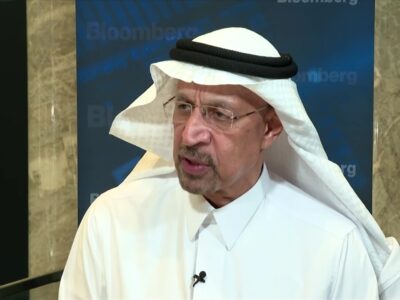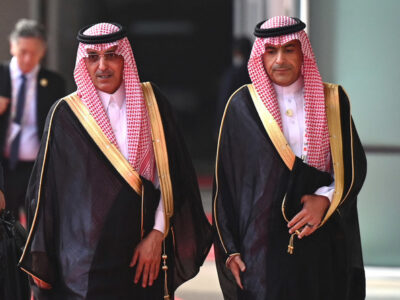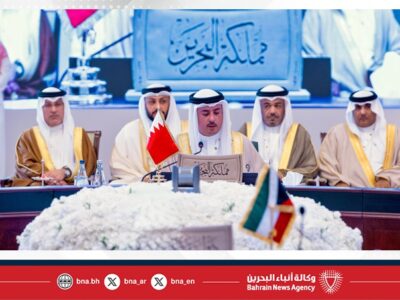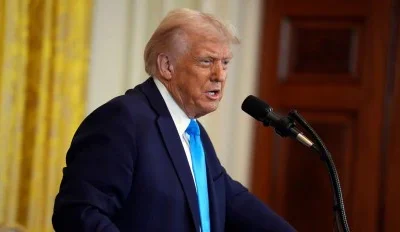RIYADH: According to a recent research, an increase in government spending is expected to propel Saudi Arabia’s non-hydrocarbon real gross domestic product to grow by 5 to 5.5 percent between 2025 and 2027.
The US-based credit rating agency Moody’s said in its most recent assessment that this growth is better than the 4.6 percent increase in 2022–2023 and the meagre 1.5 percent growth in 2017–2019. The Kingdom’s initiatives to develop its non-oil industry are in line with Vision 2030’s strategic goals, which include diversifying the economy and reducing dependency on crude oil earnings.
Moody’s stressed that the government must continue spending to support economic diversification efforts.
According to Moody’s, “the trade-off between implementing diversification projects and maintaining a robust fiscal position and sovereign balance sheet will be exacerbated by downside risks to oil prices and production levels, even though we expect non-hydrocarbon economic activity to remain robust.”
Saudi Arabia’s current pre-budget statement, released on September 30, emphasises the importance of promoting social programs and economic diversification, especially through Vision 2030 and other giga-projects.
The rating agency went on to say that the comparatively high amount of investment, which will probably have a larger portion allocated to capital expenditure, will help non-hydrocarbon economic growth and the steady lowering of the kingdom’s exposure to the long-term global carbon transition.
Also Read:
How an AI-powered Platform Bridges linguistic and cultural Divides in Content Production
The Exhibition ‘Echoes of Time’ is an artistic Examination of Saudi Archaeology


